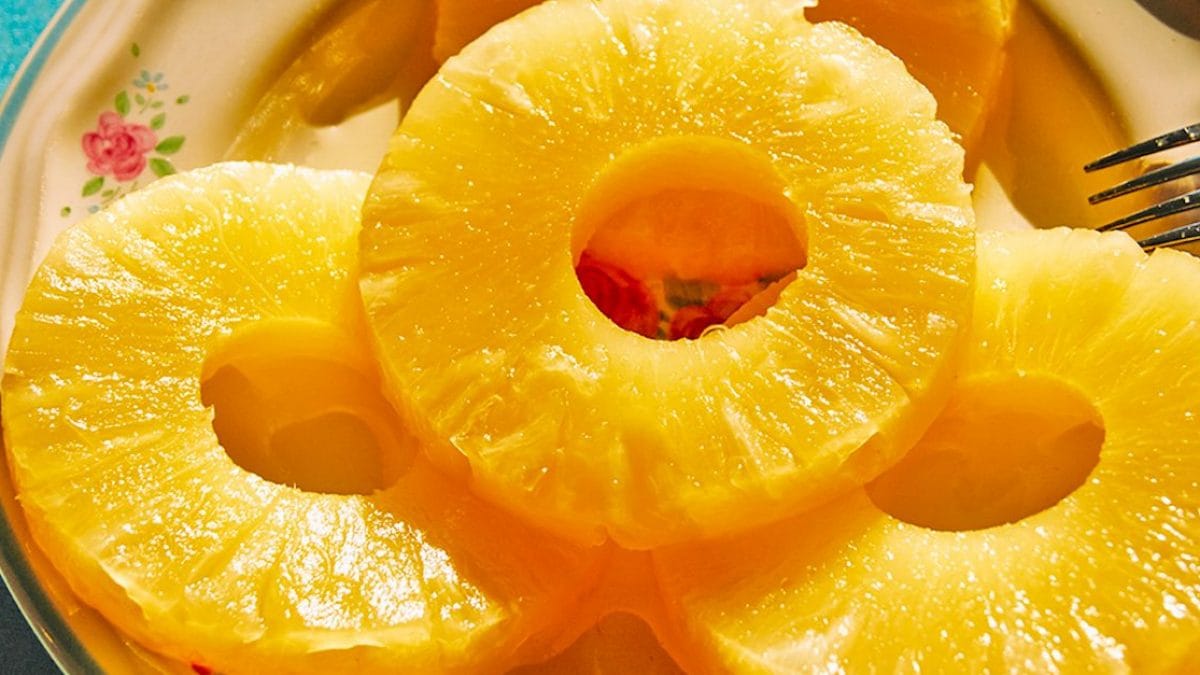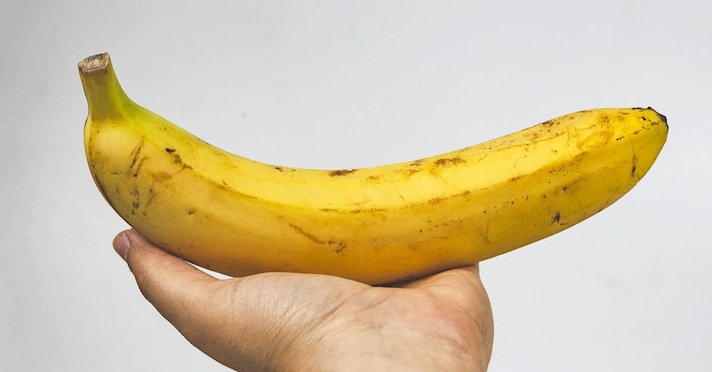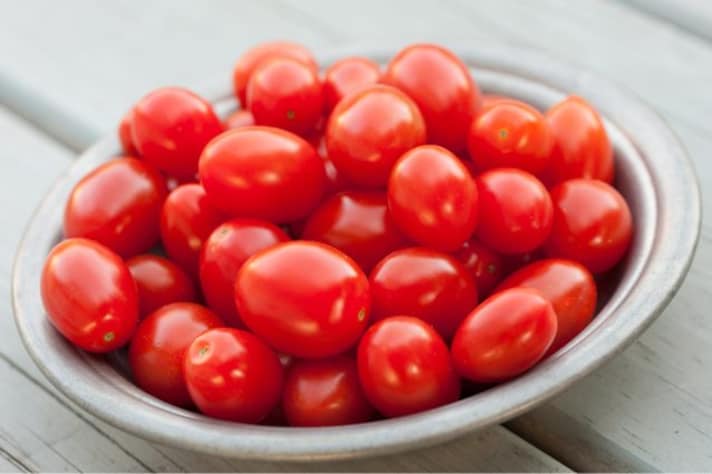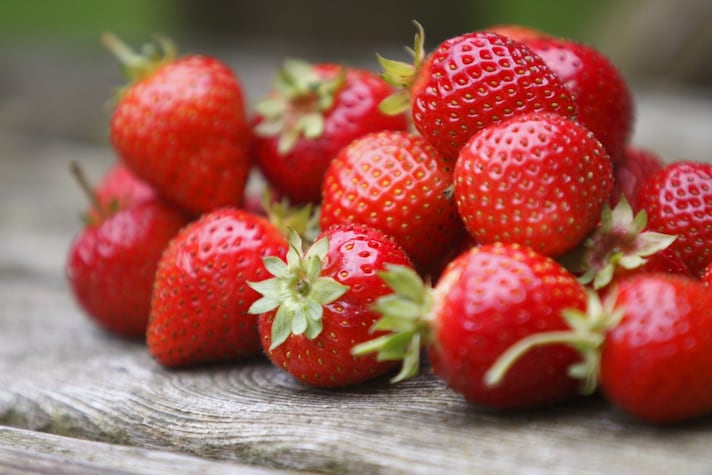
Fruits play a significant role in our diets, providing essential vitamins, minerals, and a burst of natural sweetness. However, not all fruits ripen in the same way. Some fruits continue to ripen after being picked, while others do not. Understanding these differences can help you select and store your fruits better, ensuring you enjoy them at their peak flavor and nutritional value.
Climacteric Fruits
Climacteric fruits are those that continue to ripen after being harvested. This ripening process is driven by the production of ethylene gas, a natural plant hormone. Ethylene gas triggers the ripening process, leading to changes in color, texture, and flavor. Common climacteric fruits include:
Bananas

Bananas are a classic example of a climacteric fruit. They are often harvested green and ripen over time, turning yellow and then brown as they become sweeter and softer. To speed up ripening, place bananas in a paper bag with an apple. To slow down ripening, store them in a cool place, but avoid the refrigerator until they are ripe.
Apples

Apples also produce ethylene gas, which can affect other nearby fruits. They continue to ripen after being picked, making them sweeter and softer over time. Store apples in the refrigerator to prolong their shelf life.
Tomatoes

Although often thought of as a vegetable, tomatoes are climacteric fruits. They ripen and develop their full flavor after being harvested. Keep tomatoes at room temperature until they are fully ripe. Once ripe, they can be placed in the refrigerator to extend their freshness.
Avocados

Avocados are unique in that they only begin to ripen after being picked. They become softer and more flavorful as they ripen. Ripen avocados at room temperature. To speed up the process, place them in a paper bag with a banana or apple. Once ripe, store them in the refrigerator to prevent overripening.
Non-Climacteric Fruits
Non-climacteric fruits do not ripen after being picked. They need to be harvested when fully ripe, as they will not continue to develop flavor or sweetness post-harvest. Examples of non-climacteric fruits include:
Strawberries

Strawberries must be picked when fully ripe, as they do not continue to ripen after harvest. Their sweetness and flavor are at their peak when picked ripe. You should store strawberries in the refrigerator and consume them within a few days for the best flavor and texture.
Tip: Leave the washing until you are ready to eat them.
Pineapples

Pineapples do not ripen after being picked. They should be harvested when their color and aroma indicate ripeness. Store pineapples at room temperature if you plan to eat them within a day or two. For longer storage, refrigerate them.
Oranges

Oranges, like other citrus fruits, do not continue to ripen once picked. Their flavor is determined at harvest, so they should be picked when fully ripe. Store oranges in a cool, dry place. They can also be refrigerated to extend their shelf life.
Grapes

Grapes do not ripen further once they are harvested. They need to be picked at the peak of ripeness for the best flavor and sweetness. Store grapes in the refrigerator to keep them fresh. Remember to wash them just before eating.
;Resize,width=767;)
